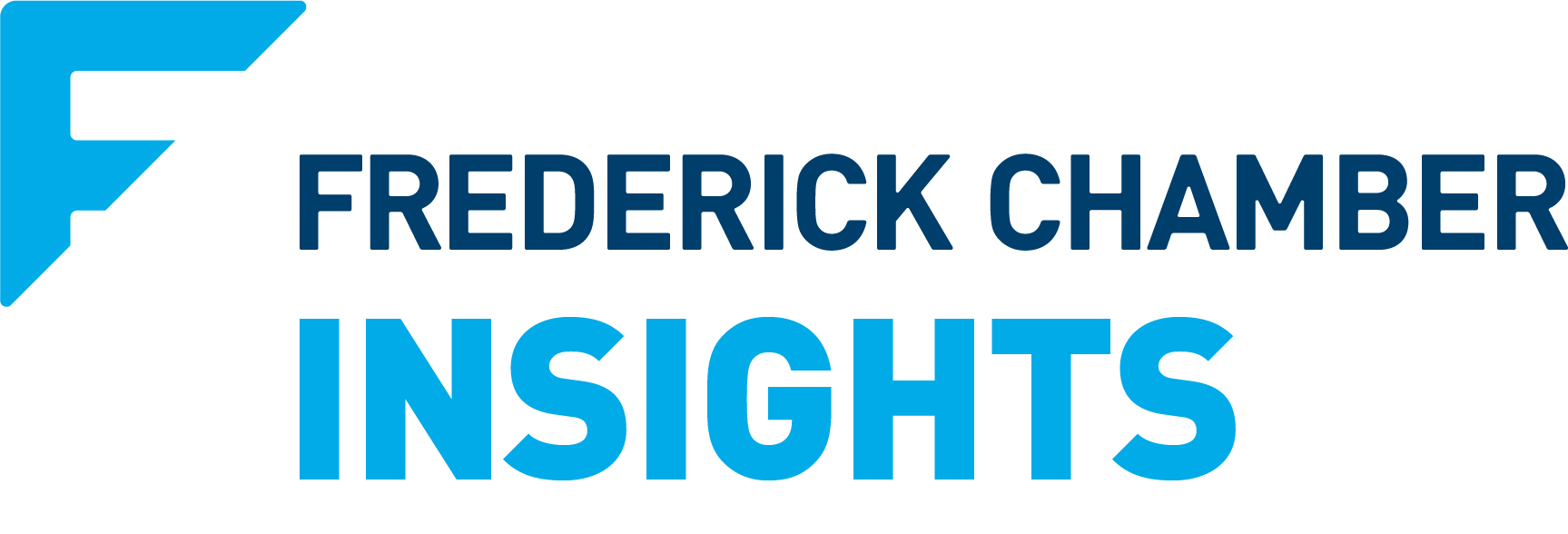In accordance with the Maryland Constitution, the second Wednesday in January ushers in a new General Assembly session. This year, the changes in the city by the Severn are far more sweeping and significant.
Governor Wes Moore, fresh off an overwhelming victory in the gubernatorial race, was inaugurated on January 18th at noon. He’s already named almost all his cabinet, save the Secretary of Transportation and the Secretary of Higher Education.
While there have been some significant changes in leadership positions in both the House and Senate, these changes pale in comparison to the changes to the Executive agencies under Governor Moore. Aside from the obvious partisan political party affiliation difference with former Gov. Larry Hogan, Governor Moore is essentially an unknown outside of his autobiographical writing and frequent appearances on cable news shows.
We’ve gotten some insights into his thinking through the year-long campaign. The Governor ran in a crowded field of some very well-known opponents, yet his energy and inspirational backstory pushed him to the political forefront. His General Election victory was stunning, granting Governor Moore a substantial mandate for governance for the next four years.

Former Governor Hogan’s eight years in office were marked by his fiscal stewardship, his almost obsessive focus on customer service, and his mostly even-handed temperament in dealing with a legislature tilted 2-1 against his agenda. Whatever seemed to matter the most to Hogan was fodder for the House and Senate, resulting in hundreds of vetoes followed by hundreds of veto override votes.
Where Hogan tried to steer the ship of state to the ideological right, you can expect Moore to turn hard left. Several of the main thematic elements of Governor Moore’s inaugural address lifted lines directly from the Biden Administration’s playbook. Addressing climate change, fighting poverty, lifting up failing communities through education, investment and outreach, and prioritizing diversity, equity and inclusion seem to be the leading policy components of the new state administration.
Those priorities align perfectly with the goals of House Speaker Adrienne Jones and Senate President Bill Ferguson, both of whom expressed great satisfaction and enthusiasm over Mr. Moore’s victory.
So what can you expect to see during the 90-day legislative session? Here are some likely areas of focus:
- Recreational (legal) Cannabis
- Voters overwhelmingly approved a bill to make cannabis manufacture, distribution, and consumption legal in Maryland in November 2022.
- The House and Senate will be debating the regulatory framework, focusing on:
- Racial Equity in retail (licenses to minority owners)
- Sales tax implementation
- Geographic parity for licensure
- Discussion about full legal use consequences
- Workplace safety (industrial, transportation, security clearances)
- Driving while impaired
- Exposure to children
Minimum Wage
- There will be at least one bill to accelerate the $15 p/h minimum wage. Current law is that all MD employers will have to have a $15 p/h wage rate by 2025. State labor unions are seeking a bill to require all employers to have a $15 p/h wage in place by July 2023.
- A bill is expected from the Moore Administration to move to a $20 p/r minimum wage
- No small business waiver
- No exemption for tipped wage workers
Blueprint for Excellence in Education
- Significant increases in both state operating and capital investment in K-12 education
- Significant increases in county funding (above MOE)
- As with the state, increases are anticipated for both operating expenses (mostly salaries/benefits) and school construction (local share)
Revisions to Unemployment Insurance rating classification tiers
- Pandemic funding levels drew down the UI trust to historically low levels
- Maryland’s Dept of Labor anticipates having to raise the classification rating system to rebuild the trust
- Employers at all levels can anticipate increases as a result
MD Budget Surplus
- A significant accomplishment of the Hogan Administration is the historic surplus being left in both the Operating Budget and the State Rainy Day Fund. The surplus in the General Fund is almost $3B. If you recall, Hogan came into office with a $2B structural deficit eight years ago. Obviously (like us), federal stimulus funds were a significant cause of over performance, but also spending caps and controls made a big difference.
- Last Session, the General Assembly, over Hogan’s veto, revised Maryland’s budget process to allow the House and Senate to adjust the Governor’s budget request, both up and down. There are concerns about how the General Assembly and Moore Administration will approach the issue of spending. One area of disagreement will be hiring practices. Hogan had held thousands of positions unfilled, while examining the need for workers and justifications for salaries/benefits. Governor Moore indicates that he plans to fill many of those vacant positions, supporting MD state employee labor groups. This, plus the Blueprint and planned mental health expansion could quickly consume available dollars.
Abortion Rights
Legislative leaders plan to pursue a Constitutional Amendment (ballot measure) to enshrine a right to an abortion in Maryland. While abortion is currently fully legal in Maryland (including mandated coverage in health plans), several states and the US Supreme Court have endorsed laws that outlaw abortions in certain cases. Polling indicates that the voters of Maryland would strongly support a statewide ballot measure
Frederick Chamber Insights is a news outlet of the Frederick County Chamber of Commerce. For more information about membership, programs and initiatives, please visit our website.

